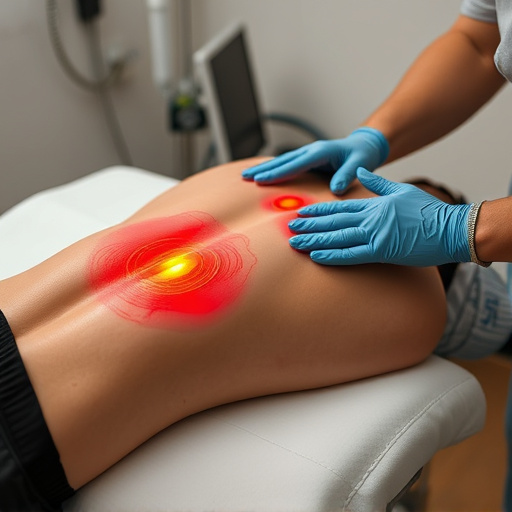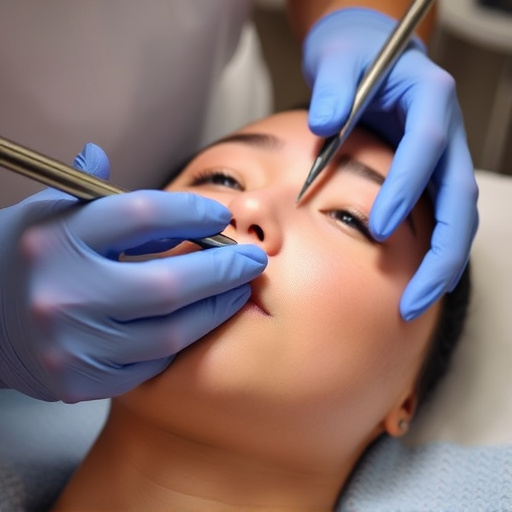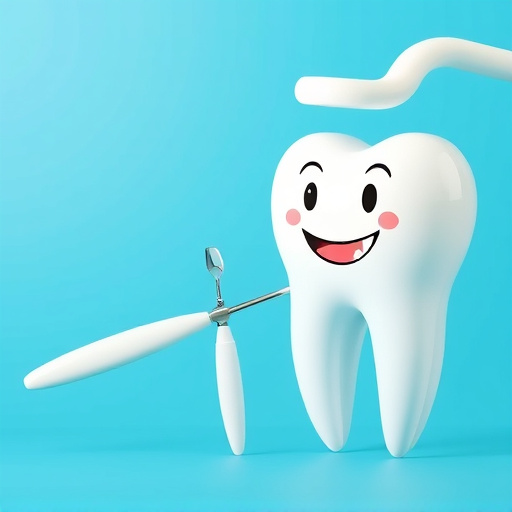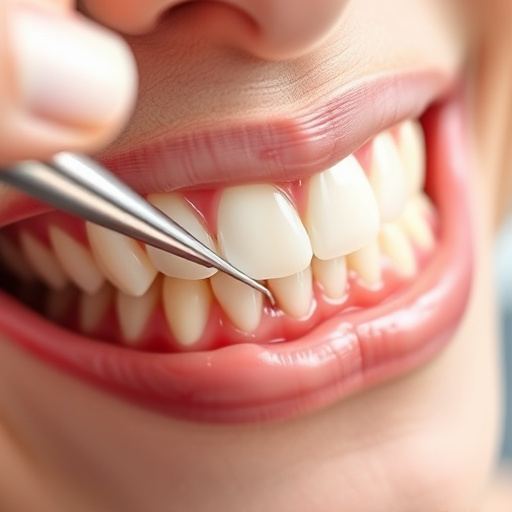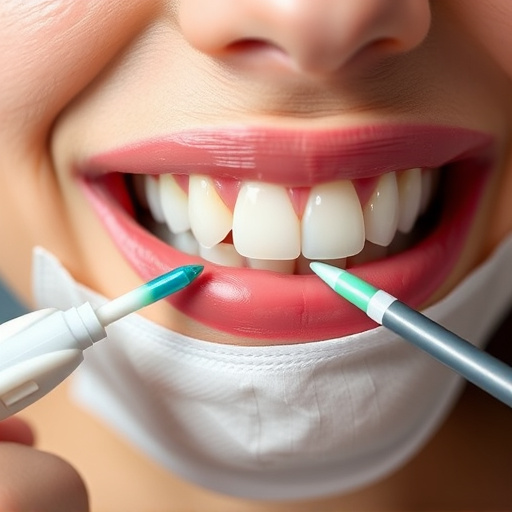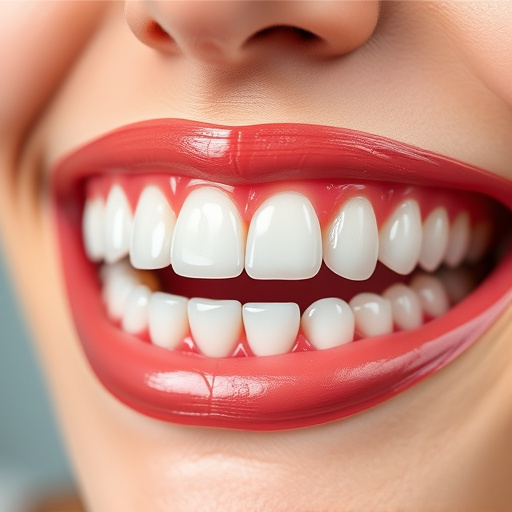Minimally invasive dentistry (MID) is a modern approach that preserves natural tooth structure, reduces discomfort, and shortens treatment times compared to traditional methods. Using specialized tools, MID focuses on minimal enamel removal, quicker recovery times, and long-term oral health benefits. Versatile from simple bonding to complex extractions, it offers patient comfort, reduced anxiety, and faster emergency care while maintaining aesthetics and strength for lasting results with minimal disruption in daily life.
Minimally invasive dentistry (MID) is transforming oral care by prioritizing enamel preservation. This innovative approach focuses on using advanced techniques to access and treat dental issues with the least disruption to healthy tooth structure. By reducing the amount of enamel removal, MID offers numerous benefits, including improved patient comfort and stronger, healthier teeth. This article explores the fundamental principles of MID, its advantages, and modern techniques that are revolutionizing oral healthcare practices.
- Understanding Minimally Invasive Dental Procedures
- Benefits: Reduced Enamel Removal and Patient Comfort
- Modern Techniques for Stronger, Healthier Teeth Preservation
Understanding Minimally Invasive Dental Procedures
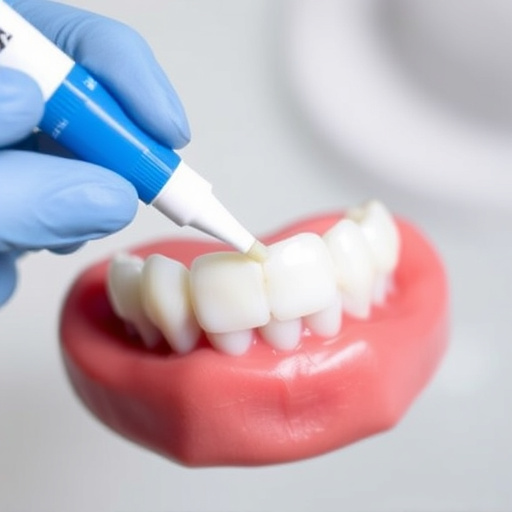
Minimally invasive dentistry (MID) is a modern approach that focuses on preserving as much natural tooth structure as possible during dental treatments. Unlike traditional practices that often involve extensive drilling and removal, MID aims to reduce discomfort, shorten treatment times, and minimize damage to the enamel. This innovative method includes various procedures, such as micro-drilling for caries management, where tiny holes are made to remove decay without cutting away healthy tooth material.
One of the key advantages is its application in tooth extractions, dental cleanings, and even dental implants. By utilizing specialized tools and techniques, dentists can now perform these procedures with less invasiveness, ensuring patients experience fewer side effects and quicker recovery times. This approach not only benefits patients’ immediate comfort but also promotes long-term oral health by maintaining the strength and integrity of enamel.
Benefits: Reduced Enamel Removal and Patient Comfort
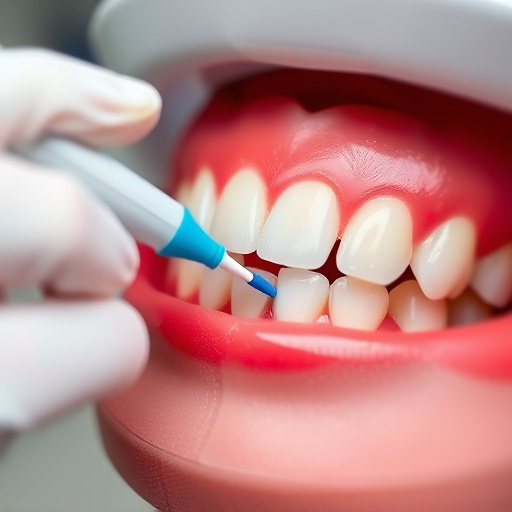
Minimally invasive dentistry offers a range of benefits that contribute to stronger enamel preservation. One of the primary advantages is the significant reduction in enamel removal during dental procedures. Traditional methods often involve extensive drilling and cutting, leading to irreversible damage to the tooth’s natural protective layer. In contrast, minimally invasive approaches focus on preserving as much enamel as possible, ensuring the tooth remains stronger and healthier.
This method also prioritises patient comfort. By minimising tissue trauma and reducing the need for lengthy treatments, patients experience less anxiety and discomfort during and after dental procedures. Whether it’s a simple dental bonding to repair minor chips or more complex cases like wisdom tooth removal, minimally invasive dentistry aims to strike a balance between aesthetics and oral health, ensuring long-lasting results with minimal interference in a patient’s daily life.
Modern Techniques for Stronger, Healthier Teeth Preservation
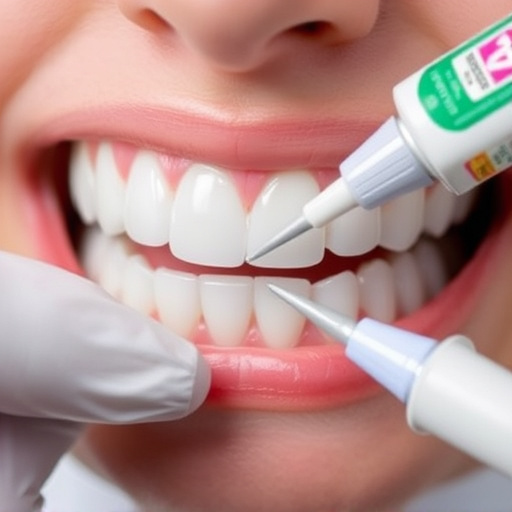
Modern dentistry has seen a significant shift towards minimally invasive procedures, which offer numerous benefits for patients seeking stronger and healthier teeth preservation. These advanced techniques focus on removing only the damaged or decayed portions of teeth, preserving as much of the natural enamel as possible. For example, modern dental fillings are more precise and less destructive than traditional methods, ensuring that healthy tooth structure remains intact. This approach not only reduces discomfort for patients but also promotes better long-term oral health.
Minimally invasive dentistry techniques have revolutionized emergency dental care, making it faster and more efficient while minimizing the risk of further damage. Even in children’s dentistry, these innovative practices are helping to build a foundation of strong, healthy teeth. By adopting these modern methods, dentists can effectively treat decay and wear without compromising the overall health and appearance of the smile.
Minimally invasive dentistry (MID) represents a significant advancement in dental care, offering a more conservative approach that prioritizes enamel preservation. By employing modern techniques and innovative procedures, MID ensures reduced enamel removal while maintaining patient comfort. This not only enhances the long-term health of teeth but also contributes to a more sustainable and effective dental practice. Adopting minimally invasive dentistry is a step towards a brighter, healthier smile for all.

